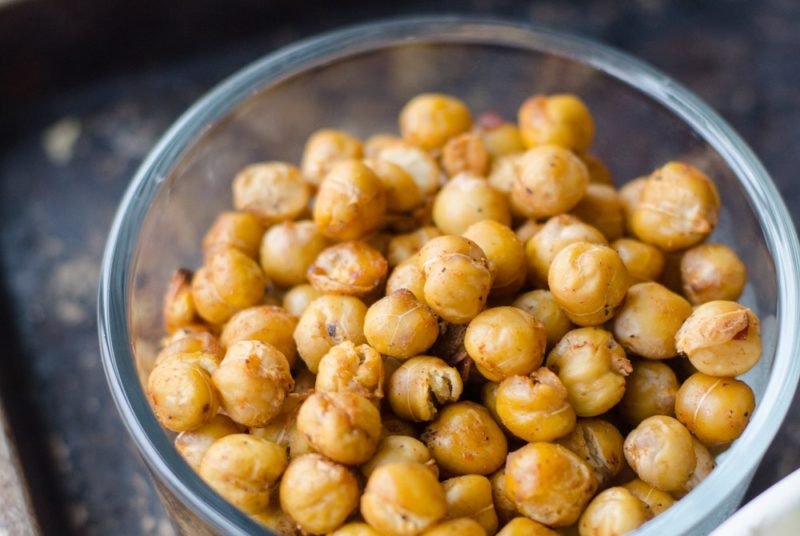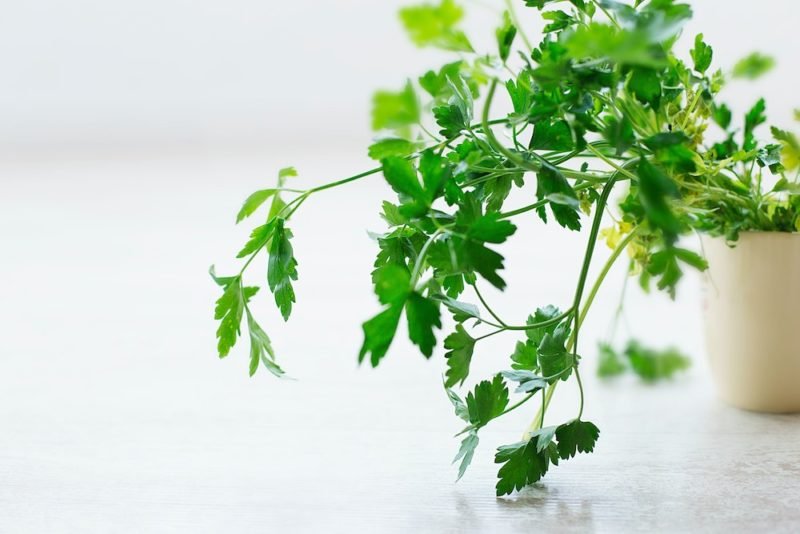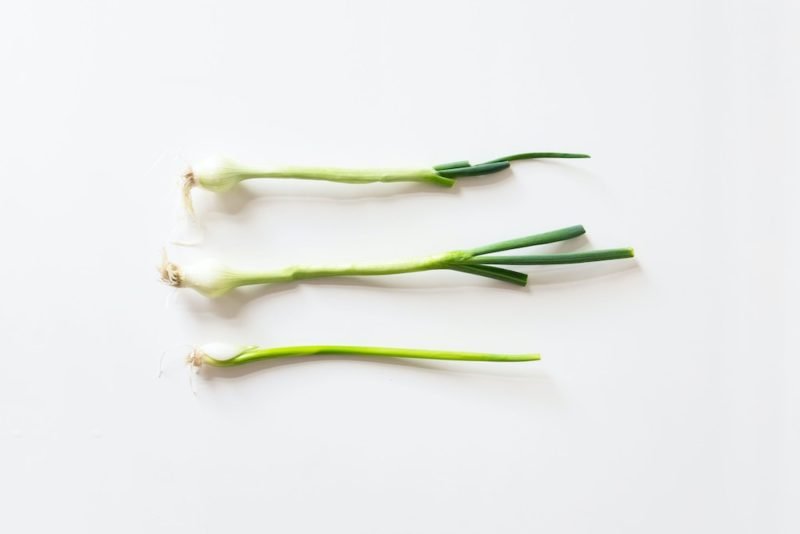
Head’s up that I’ll be live on Facebook today (April 22) at noon Pacific to talk about eating intuitively during a pandemic. Is it possible? Helpful? Tune in to find out. If you want a reminder, click here.
Because things aren’t bananas enough in the world, I’m now dividing my time between our rental apartment and the house we hope to move into by May 1. (We need to get a few things done before final inspection next week so we can get an occupancy permit.) Since we now have internet at the new house, I’m able to work from there (albeit not super comfortably, since my desk is still at the apartment). That’s handy for taking care of the 5 million native plant and vegetable seed starts on our back patio, waiting for a garden to grow in. I also serve as as well an extra set of hands for smaller construction projects.
The upsides are that I don’t feel so isolated (my husband’s been working out at the house from morning through sunset) and I am getting a lot more light exposure. The downsides are (right now) more interruptions and the fact that while we have two refrigerators (one in our kitchen, one in the kitchen studio section of my office), our sinks and stove aren’t hooked up yet.
Since we’ve been eating lunch and dinner at the house, that requires some planning. Who wants to do a lot of food prep somewhere without running water? We have a grill on our patio, so figuring out the protein part of the meal is easy. Figuring out what else to have has proved more challenging.

“Fake” tabouli in a jiffy
Last weekend, we decided to grill chicken one evening. I started thinking about what I could throw together quickly to accompany it, since we don’t usually get back to the apartment until after 8 p.m. In other words, advanced food prep is not happening right now. I ended up making what I call “fake tabouli,” because it has some of the key elements of my favorite tabouli recipe, but is missing others. Here’s how to make it:
Cook 1 cup dry bulgur wheat. (Follow package instructions, as MOST bulgur requires adding a certain amount of boiling water, then resting covered until the water is absorbed, but the variety I used did require 12 minutes of simmering on the stove.) Remove to a container and cool. If prepping the bulgur the night before, as I did, place the container in the refrigerator.
The next morning (if you prepped the bulgur the night before), add one 14.5-ounce can chickpeas (drained and rinsed). Then add a generous amount of chopped parsley (to your taste…and if you don’t have parsley, don’t worry about it) and 4 sliced green onions (or so). Toss together, then add salt and freshly ground black pepper to taste. Drizzle on a little olive oil and lemon juice, stir, taste, and add more if needed. I used most of the juice of one lemon, but that lemon wasn’t the juiciest.) If you have ground sumac in your spice pantry, add some of that, to taste. I also added a few pinches of ground Aleppo pepper, but you could also add a pinch of cayenne (or leave it out if you prefer).
When everything was tasty, I tossed in some crumbled feta cheese, which I factored in when adding my salt, since feta is salty. If I had remembered, I would have chopped some walnut halves from my freezer and added that.

Sometimes “good enough” is still really good
What would have been different if I was making proper tabouli? I would have added chopped cucumber and tomatoes (or halved cherry tomatoes) as well as mint. I also would have done a real dressing by measuring the lemon juice and olive oil and adding some chopped garlic. But, alas, I didn’t have any cucumbers, tomatoes or mint on hand, and I was not in the mood to chop garlic as I hustled to get this together in the morning. But it was very fresh and tasty, and went well with both the chicken and with some grilled steak the next night. We served both meals on top of some salad greens I grabbed from our apartment refrigerator as we were leaving.
This salad actually provides a good template for other grain salads.
- Cook a grain, add some canned beans and some sort of chopped onion and/or minced garlic. Throw in some chopped herbs if you have them, but if you don’t, you can still add flavor with some dried spices or herbs.
- Odds are good that you have olive oil on hand. If you don’t have lemons, you could use vinegar.
- You could also add fresh veggies (chopped cucumbers, zucchini, bell peppers and/or tomatoes; shredded carrots; slivered kale or spinach).
- Toss in some chopped nuts or whole seeds (sunflower, pumpkin), and some crumbled feta or blue cheese if you have it, and that sounds good to you.
- Serve with your protein of choice, and with some additional veggies if you didn’t add them to the salad. Easy! The grain salad will keep well for a handful of days in the fridge.
Carrie Dennett, MPH, RDN, is a Pacific Northwest-based registered dietitian nutritionist, journalist, intuitive eating counselor, author, and speaker. Her superpowers include busting nutrition myths and empowering women and men to feel better in their bodies and make food choices that support pleasure, nutrition and health. This post is for informational purposes only and does not constitute individualized nutrition or medical advice.
Seeking 1-on-1 nutrition counseling? Learn more about her Food & Body, IBS management, and nutrition counseling programs, and book an intro call to see if the program is a good fit, and if we’re a good fit!
Want exclusive content on nutrition, health, diet culture and more, plus critiques of nutrition and health journalism? Subscribe to my Food Noise newsletter! 📣
 Print This Post
Print This Post






